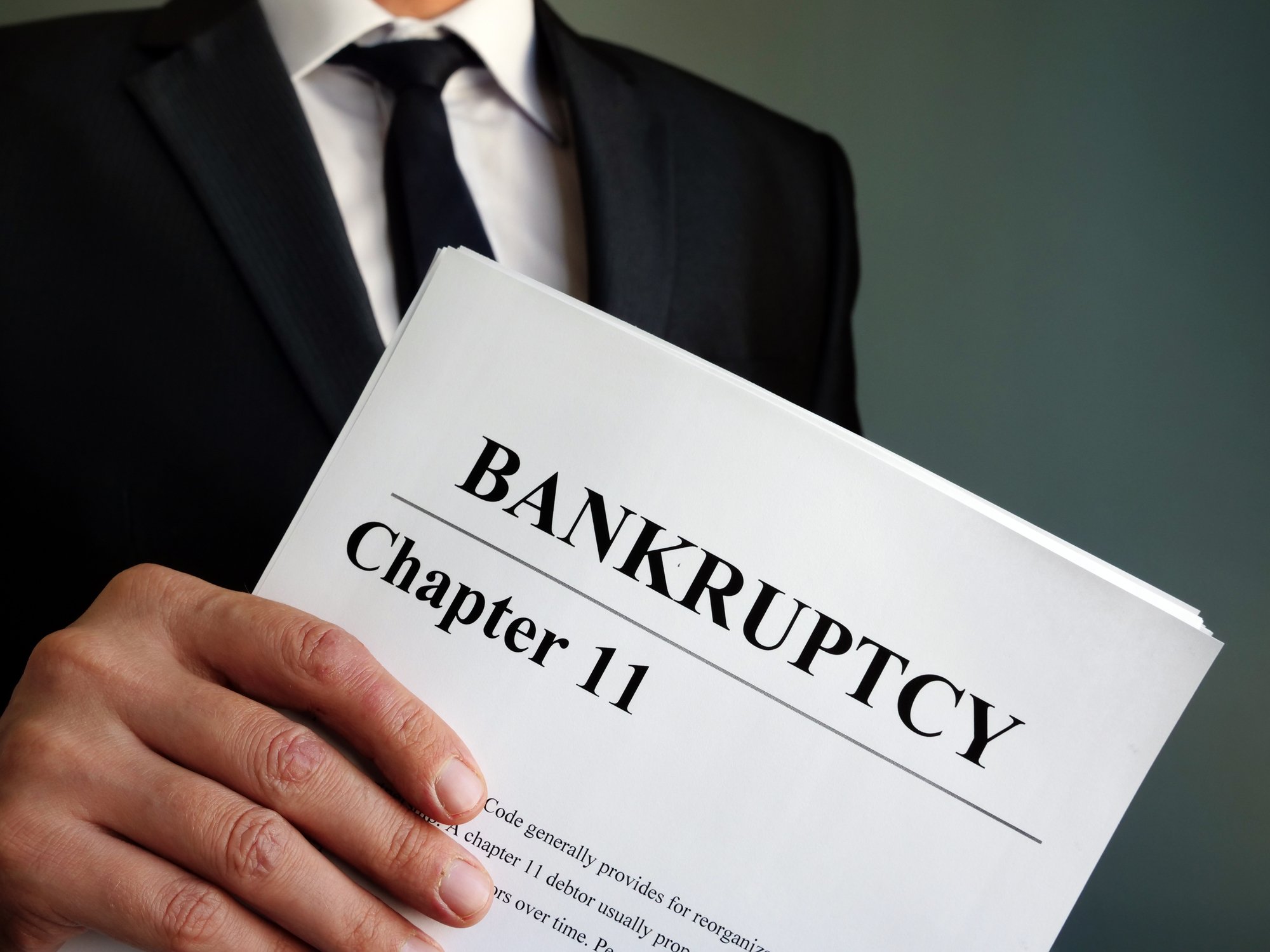Chesapeake Energy Corporation (CHK +0.00%) took another step forward in the second quarter as it continues its multiyear turnaround. The company notched its third consecutive quarter of delivering better-than-expected oil production and generating strong cash flow. That steady operational improvement, when combined with a recent asset sale, puts it one small step closer to being in the position where it can start creating meaningful value for investors.
Drilling down into the results
|
Metric |
Q2 2018 |
Q2 2017 |
Q1 2018 |
|---|---|---|---|
|
Adjusted net income |
$139 million |
$205 million |
$361 million |
|
Adjusted earnings per share |
$0.15 |
$0.18 |
$0.34 |
|
Production |
530,000 BOE/D |
528,000 BOE/D |
554,000 BOE/D |
Data source: Chesapeake Energy. BOE/D=barrels of oil equivalent per day.

Image source: Getty Images.
On the one hand, Chesapeake Energy took a step back in the second quarter as both earnings and production fell versus the first quarter while profits also dipped year over year. However, that was mainly due to an asset sale. If we adjust for that impact, production was up 8% year over year, driven by an 11% increase in oil output, which averaged 90,000 barrels per day during the quarter and came in ahead of Chesapeake's forecast. Meanwhile, earnings per share were right in line with analysts' expectations.
The highlight for the quarter was production in the Powder River Basin, which hit a company record of 32,000 BOE/D last month and is up 78% since the end of last year. Chesapeake brought several high-rate wells on line in the region this year, which is driving it to increase its drilling activity. At its current pace, the company expects to end the year producing 38,000 BOE/D, and it sees output more than doubling from 2018's average in 2019.
Chesapeake Energy's improving cash flow and recent asset sales have enabled it to reduce debt from slightly less than $10 billion at the end of last year to $9.7 billion. However, it still outspent cash flow during the quarter, after only generating $445 million in operating cash flow while spending $595 million on capex, though that gap has narrowed significantly in the past year.
A look at what's ahead
The company's debt level should continue falling throughout 2018 because it recently agreed to sell its position in the Utica shale for up to $2 billion. The company plans to use the entire proceeds to pay down debt when the transaction closes in the fourth quarter. That sale will get the company another step closer to reaching its targeted leverage ratio of two times net debt to EBITDA, which is half its current level.
The sale will also narrow Chesapeake's focus to five basins, led by the Powder River Basin, which will be its main growth driver. Given the oil-rich nature of that region, Chesapeake believes that it can grow its oil production by 10% in 2019 with further oil growth anticipated in 2020. That's worth noting since oil carries higher margins than natural gas, which means this growth should provide a bigger boost to cash flow. That will enable the company to continue making progress on its long-term plan to reduce leverage, increase margins, and ultimately reach cash flow neutrality so that it's funding capex entirely with cash flow.
Another small step for Chesapeake Energy
Chesapeake Energy continued to slowly make progress on its strategic transformation plan during the second quarter. On the one hand, the company still has a long way to go, since it's still outspending cash flow and has a mountain of debt on the balance sheet. However, there are also reasons to be optimistic given its strong drilling results in the Powder River Basin and the recent sale of its Utica shale assets. This give-and-take makes the company an intriguing turnaround story to watch in the coming year.






